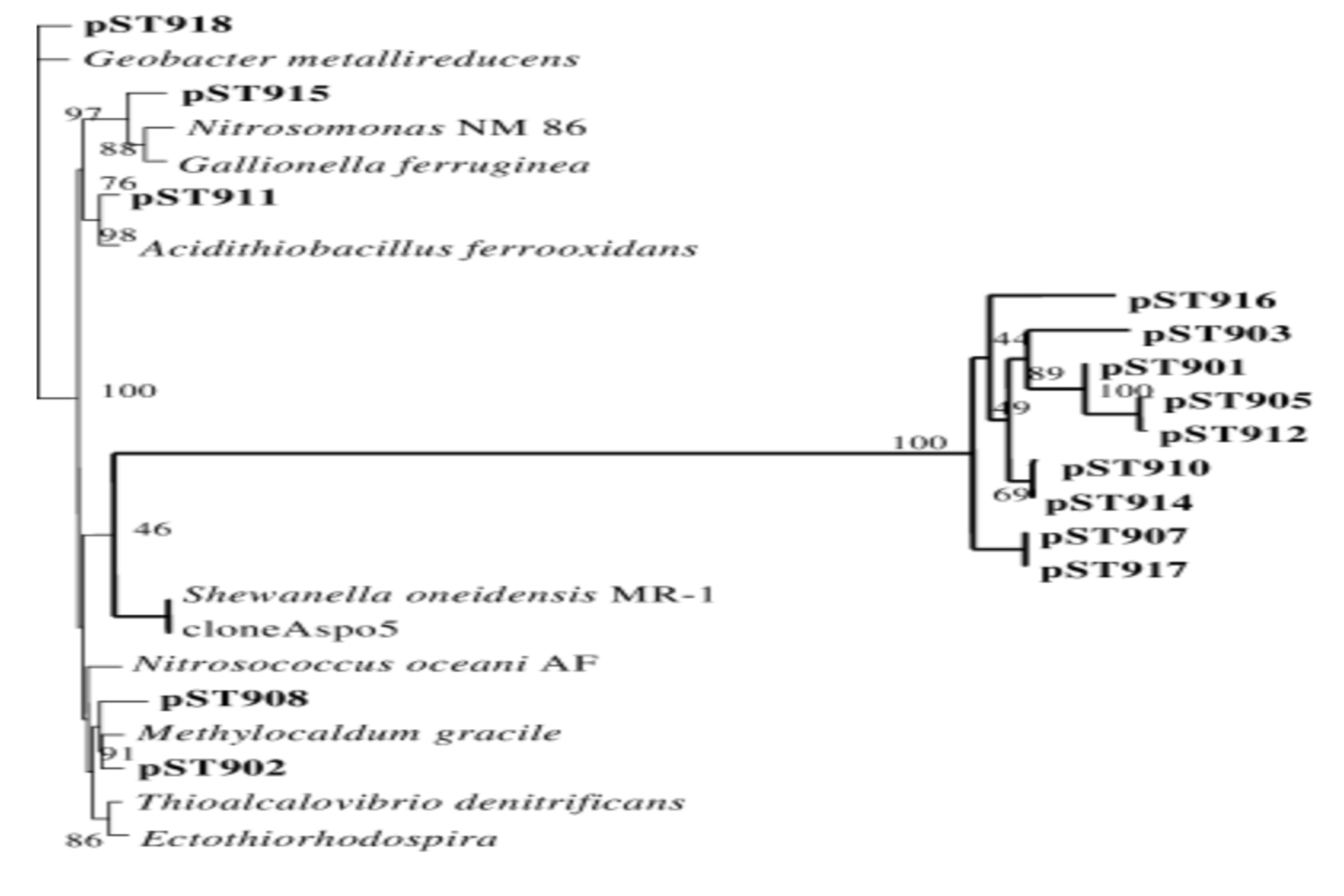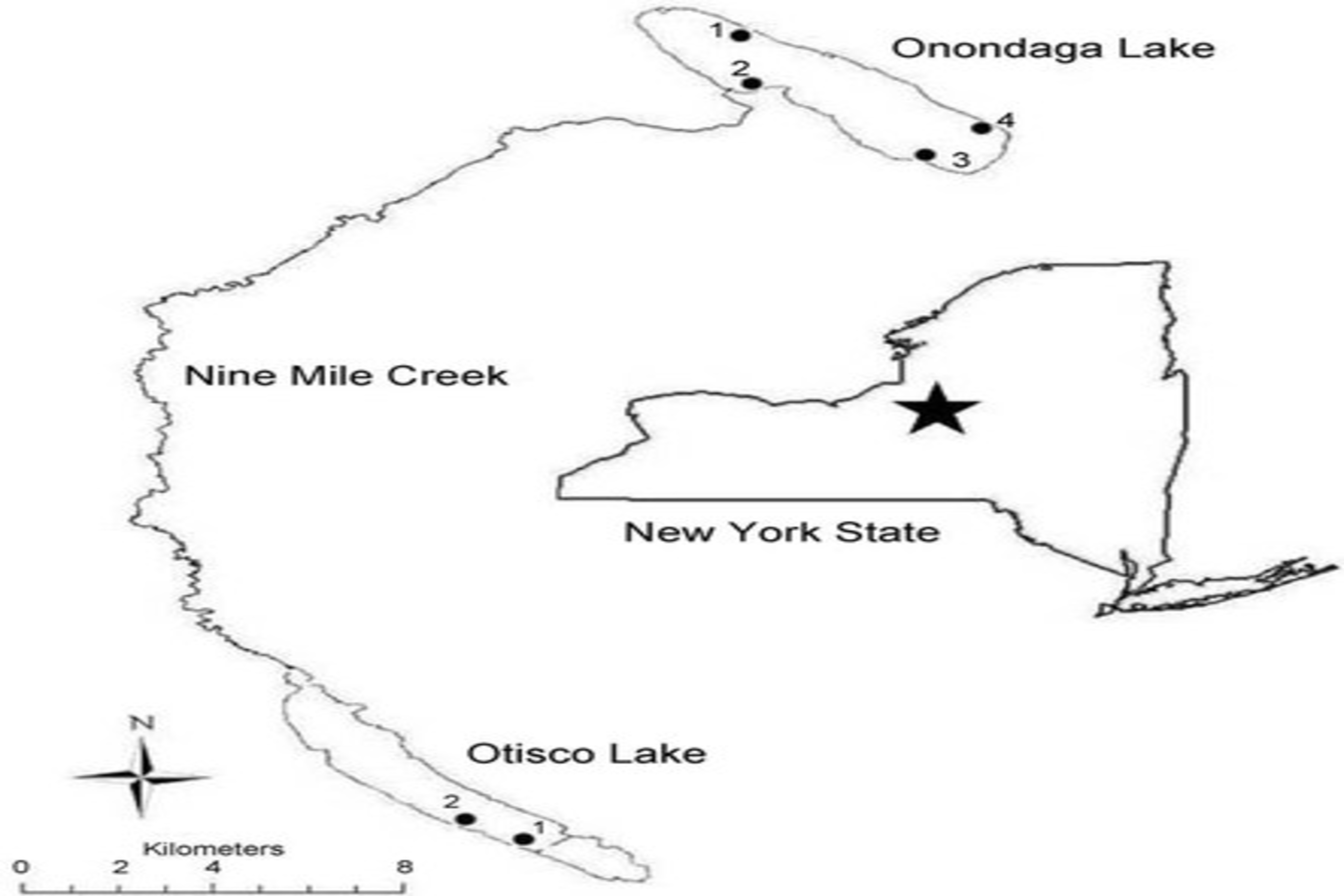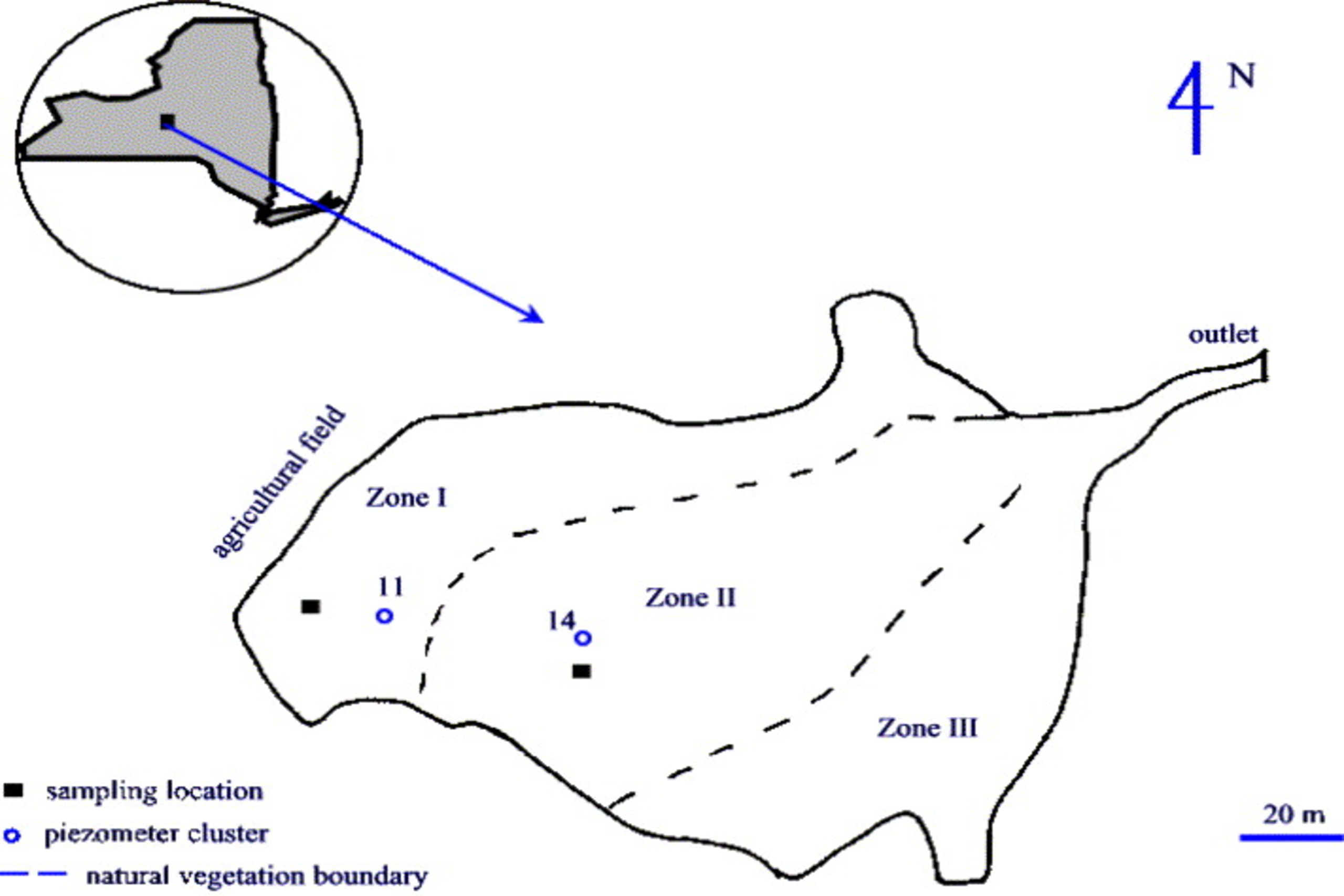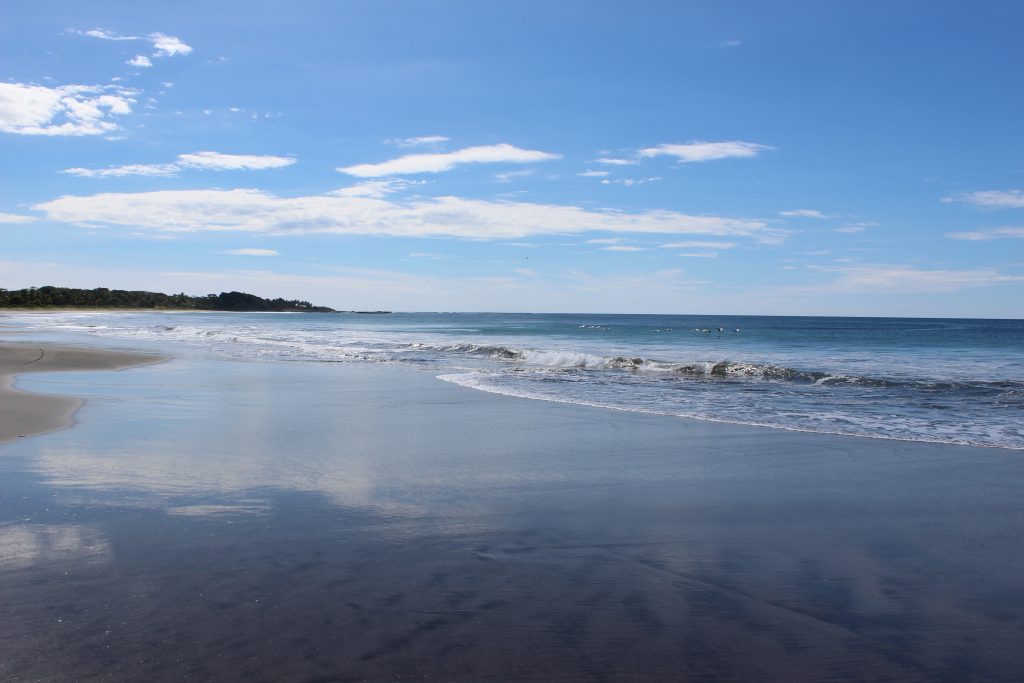Published Work

Design of Shewanella-specific 16S rRNA primers
In this study, an existing probe was used as a polymerase chain reaction (PCR) primer to study iron-reducing members of the genus Shewanella in a minerotrophic wetland where iron reduction had previously been implicated.

The goal of the present study was to evaluate zebra mussels for use as a biomonitor of mercury contamination by comparing zebra mussel mercury concentrations between a lake with only indirect atmospheric mercury contamination (Otisco Lake, NY, USA) and a lake that was directly contaminated by mercury discharges (Onondaga Lake, NY, USA).

Microbial Fe(III) Reduction in a Minerotrophic Wetland
This paper presents the results of a study on the geochemistry of Fe in a minerotrophic wetland in Central New York. Fine-scale geochemical trends in the peat and peat porewater were investigated to evaluate detailed vertical profiles of Fe in solution.

This paper presents the results of a study on the geochemistry of Fe in a minerotrophic wetland in Central New York. Fine-scale geochemical trends in the peat and peat porewater were investigated to evaluate detailed vertical profiles of Fe in solution.
